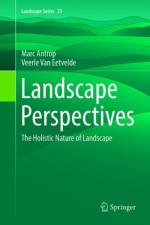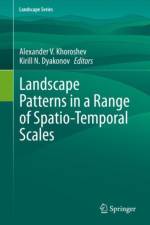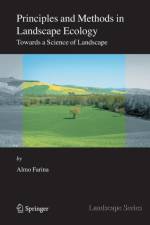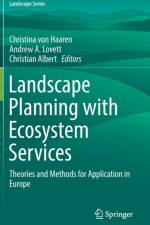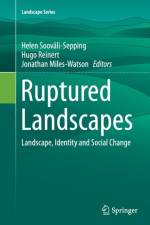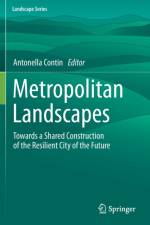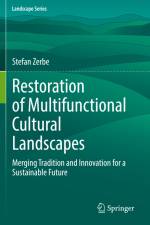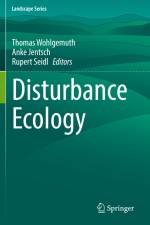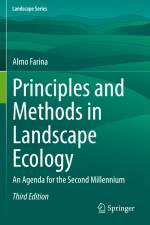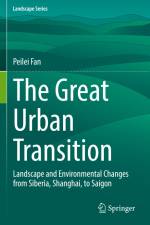av Stefan Zerbe
1 307 - 1 951
This book offers perspectives on how to develop a sustainable global balance of urbanization, land-use intensification, land abandonment, and multifunctional cultural landscapes. The focus is on the latter by describing the large variety of traditional cultural landscapes having evolved through centuries or even millennia by the use of the natural, terrestrial and aquatic resources. Those cultural landscapes encompass pasture, agroforestry, terraced, irrigation, coastal, monastic, and sacred landscapes as well as lake-, river-, and saltscapes. The restoration of low-input land-use systems which often carry a high biodiversity on the species, ecosystem, and landscape level as well as agrobiodiversity and agrodiversity is outlined. The restoration of multifunctional and diverse landscapes, however, is not only an ecological issue but encompasses many socio-economic aspects such as e.g., the revitalization of villages, eco-tourism, healthy food production, infrastructure, and rural-urban partnerships.Global environmental problems, which are related to urbanization and the intensification of the use of land and water resources are comprehensively outlined. Land abandonment which occurs on all continents is qualitatively and quantitatively assessed and the consequences for natural and cultural heritage loss is highlighted. With the presentation of current rural development and landscape conservation strategies on the national as well as international level, the topic reflects the high significance of environmental policy on the global scale. The global implementation of natural and cultural heritage conservation is, for example, given by the UNESCO World Heritage Sites, National Parks, Biosphere Reserves, Globally Important Agricultural Heritage Sites, High Nature Value Farmland, and the Satoyama initiative. However, also the "e;every-day"e; landscapes can contribute to biodiversity and strong sustainability.This comprehensive compendium, based on about 4,000 references of scientific studies, literature reviews, project reports, and environmental policy papers is thought for all students, scholars, and stakeholders from multifaceted disciplines, interested in multifunctional cultural landscapes and how traditions and innovation on the landscape level can be merged for a sustainable future on our planet. Case studies from all over the world are presented which can be used in Higher Education or to demonstrate the numerous approaches of sustainable rural development.

